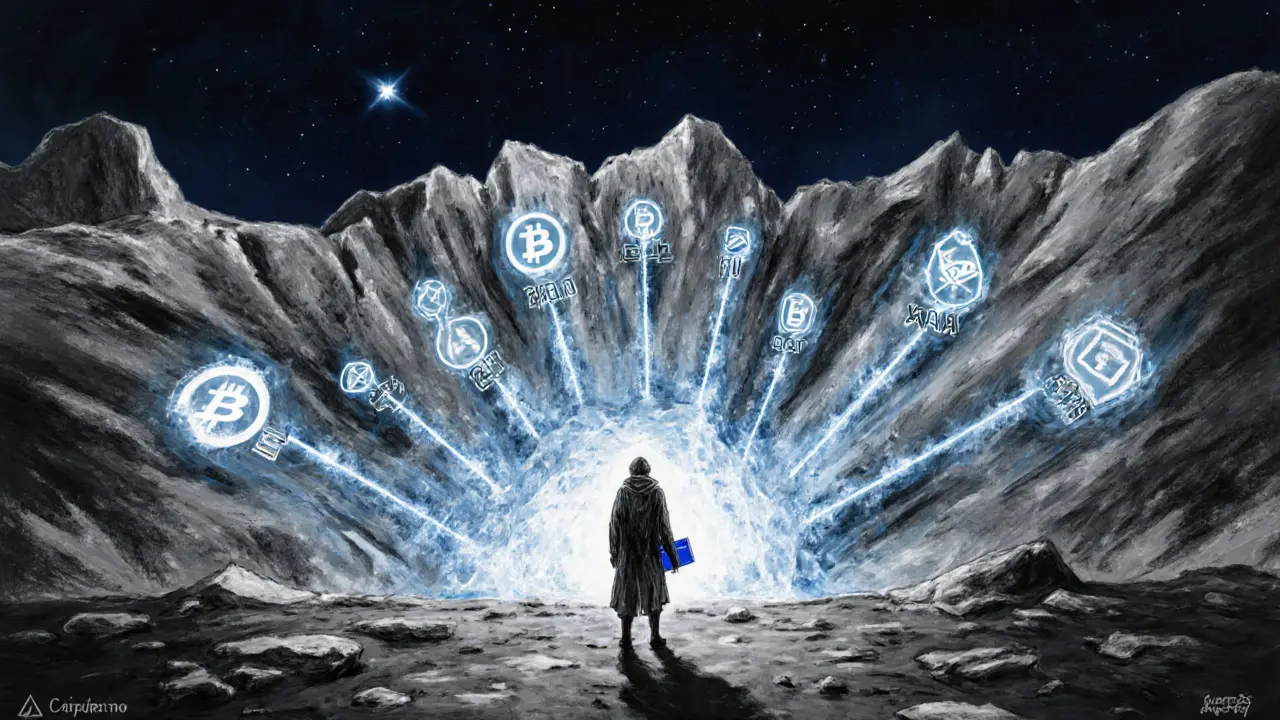The Midnight (NIGHT) airdrop by Cardano's Glacier Drop distributed 24 billion tokens to holders across eight blockchains. Eligibility required $100 in crypto on June 11, 2025. Claiming ended October 4, 2025. Tokens unlock over 360 days after mainnet launch.
Cardano Airdrop: How to Find Real Cardano Airdrops and Avoid Scams
When people talk about a Cardano airdrop, a free distribution of ADA tokens to wallet holders as part of a blockchain project’s growth strategy. Also known as ADA token drop, it’s one of the most searched terms in crypto—but also one of the most exploited. The real ones are rare. Most are scams pretending to be official giveaways from IOHK, the Cardano Foundation, or AdaLite. If you’ve ever been asked to send crypto to claim a free Cardano airdrop, you’ve been targeted. Real airdrops never ask for your private keys or upfront payments.
Cardano airdrops usually tie into ecosystem growth—like new dApps launching on the blockchain, NFT collections minting on Cardano, or protocol upgrades. For example, the ADA token, the native cryptocurrency of the Cardano blockchain, used for transactions, staking, and governance has been distributed in past airdrops to early stakers, NFT holders, or users of specific wallets like Nami or Flint. But here’s the catch: these were always announced on official channels like cardano.org or verified social accounts. No Telegram bot, no Twitter DM, no fake CoinMarketCap page. The airdrop scams, fraudulent campaigns that trick users into connecting wallets or paying fees to receive non-existent tokens look identical to real ones. They use the same logos, same wording, same urgency. That’s why you need to check the project’s official website, not a third-party aggregator.
Look at what happened with the BNU airdrop or the Zenith Coin claims—both looked real, both had fake websites, both left holders with worthless tokens. The same pattern repeats with Cardano. If a project promises 10,000 ADA for signing up, it’s a trap. Real airdrops give small amounts—sometimes just a few ADA—to reward participation, not to lure in the greedy. You’ll qualify by holding ADA in a non-exchange wallet, interacting with a verified dApp, or joining a community that’s been around for months. Not by clicking a link in a Reddit post.
And don’t get fooled by the hype around NFTs on Cardano. Some projects run airdrops tied to NFT collections like the Pepe or Pudgy Penguins clones—but those are usually low-effort copycats. The real ones, like the ones tied to the Cardano-based gaming platform SpaceY or the decentralized exchange Minswap, have public roadmaps, audited contracts, and active Discord communities. They don’t vanish after the drop.
What you’ll find below are real case studies of Cardano-related airdrops—some worked, most didn’t. You’ll see how the KTN and FOTA scams mimicked real campaigns, how LNR and BNU failed after their drops, and why projects like The Sandbox airdrop succeeded because they had transparency, not just buzz. You’ll learn how to spot the red flags before you connect your wallet. No fluff. No promises. Just what actually happened—and how to protect yourself next time.

